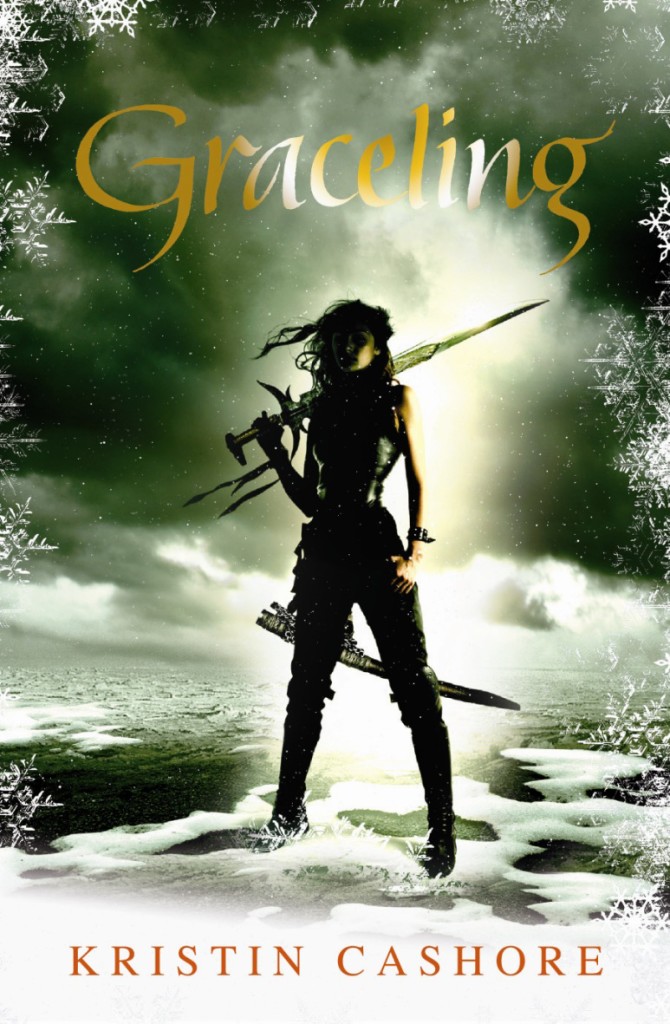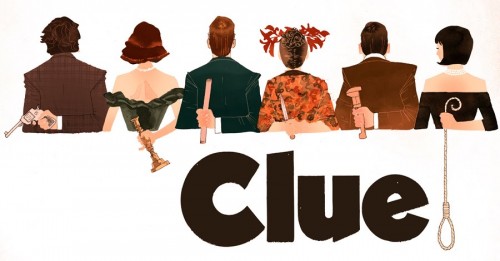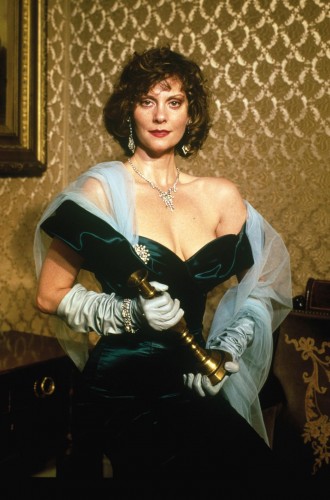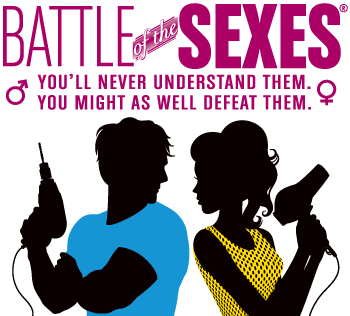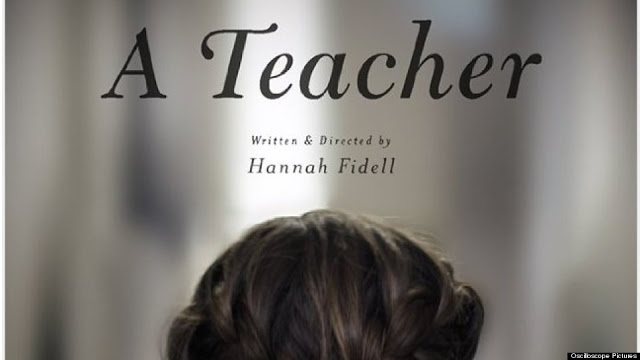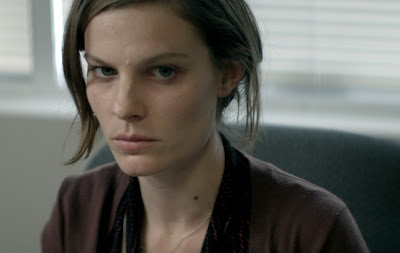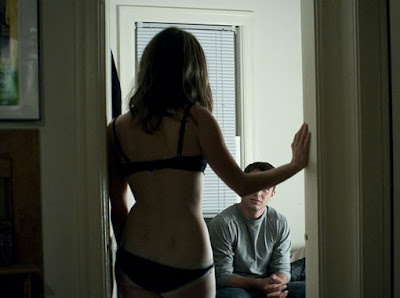Written by Max Thornton.
Last week the trailer for the film adaptation of Veronica Roth’s bestseller Divergent dropped. A charitable observer might describe this story as “post Hunger Games.” Dystopian future US? Check. Implausibly advanced technology combined with a sometimes oddly primitivist lifestyle? Check. Tribalism at the service of a sinister ruling elite? Check. Teens in mortal peril? Check. Love story firmly taking a backseat to violence, survival, politics, and intrigue? Check.
[youtube_sc url=”http://www.youtube.com/watch?v=sutgWjz10sM” title=”Divergent<%2Fi>%20trailer”]
Divergent is an enjoyable enough book, if strongly derivative and prone to some of the notable weaknesses of its genre (is anyone else more than sick of first-person present tense?), and I’m sure the movie will be more or less competent. What really strikes me, though, is that it seems to be part of a mini boom of female-specfic heroines in young adult fiction. Bella Swan notwithstanding, YA seems to be the place to go for the quality woman-centered specfic I so long to see in mainstream media: Divergent, The Hunger Games, Graceling…
I love these heroines. I love Katniss and Katsa and Fire and Bitterblue and Tris. I love that we are having a cultural moment where bestselling books with hotly anticipated film adaptations center on tough, three-dimensional female protagonists, who have kickass, high-stakes fantasy adventures in worlds where gender equality is largely unremarkable.
But one can’t help noticing a pattern: All of these heroines (as well as those of less highly acclaimed fantasy series) are straight. All cis. All white (regardless of book Katniss’ skin color, the whitewashing controversy has ensured that the primary public image of her is chalkwhite). All able-bodied. All young. All thin. Really, the only way in which they differ from the Harry-Frodo-Luke generic specfic hero is in being female.
And that’s great! I don’t want to minimize the importance of female protagonists in a cultural climate where the economic exploitation of women is directly mirrored in the entertainment industry’s erasure of women. As frustrating as it is in 2013, specfic heroines are still noteworthy.
I have to wonder, though, whether this is really a step in the right direction, or if it’s simply a tiny concession on the part of the kyriarchy to try to placate those of us who are demanding better representation of marginalized groups in our entertainment without making any real change.
This is, after all, how hegemony works. It’s a constant negotiation between dominant and resistant forces in society, and the dominant forces are never going to concede any ground if they can find any way to avoid it. Kyriarchy gives with one hand while taking away with the other — we may have some kickass female heroines in our YA specfic, but female speaking roles in blockbuster movies declined last year.
The upside of this negotiation process is that the kyriarchy never gets the last word. People whose voices are suppressed and silenced are always talking back, always reappropriating what the kyriarchy provides them with and remaking it for themselves, whether through queer headcanons or racebending recasting.
The downside is that we can never rest easy. Just because straight white pretty cis girls are beginning to be represented in specfic (or rather, in one specfic niche that is still derided in male-dominated geek culture), we can’t assume that this means the trend will continue in the right direction without some very real, tireless, and vocal work on the part of us consumers.
We have to keep demanding more and better representation. Yes, celebrate Katniss and Tris and Clary and Katsa; but never seem to be saying that this is enough. Cheer for our kickass young heroines, and in the same breath demand queer heroines, heroines of color, heroines with disabilities, trans* heroines, fat heroines, older heroines…
Max Thornton blogs at Gay Christian Geek, tumbles as trans substantial, and is slowly learning to Twitter @RainicornMax.


